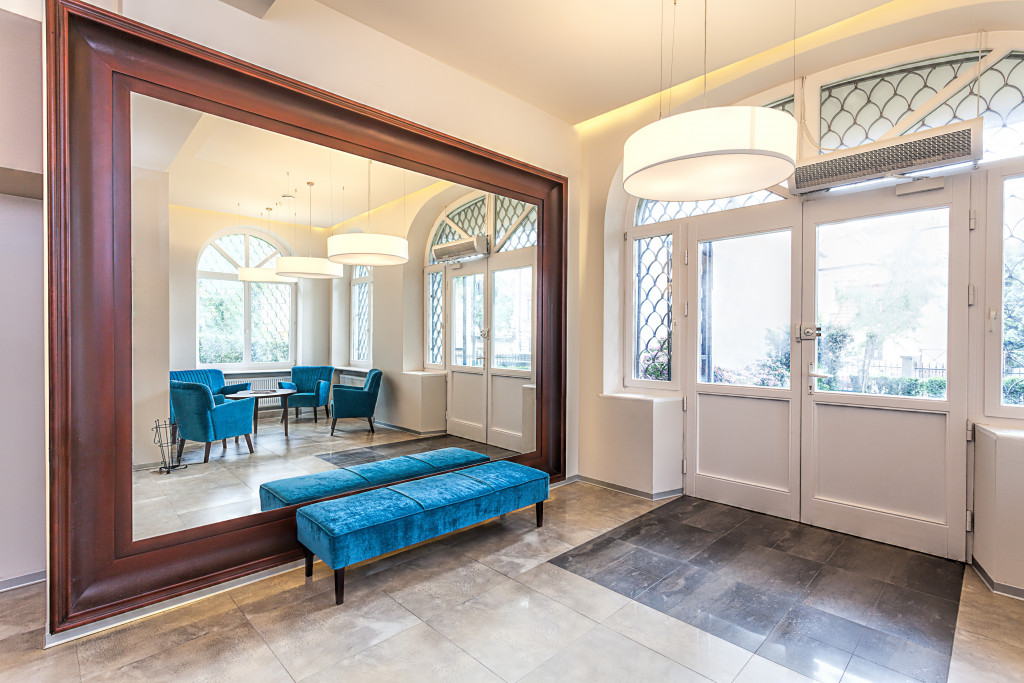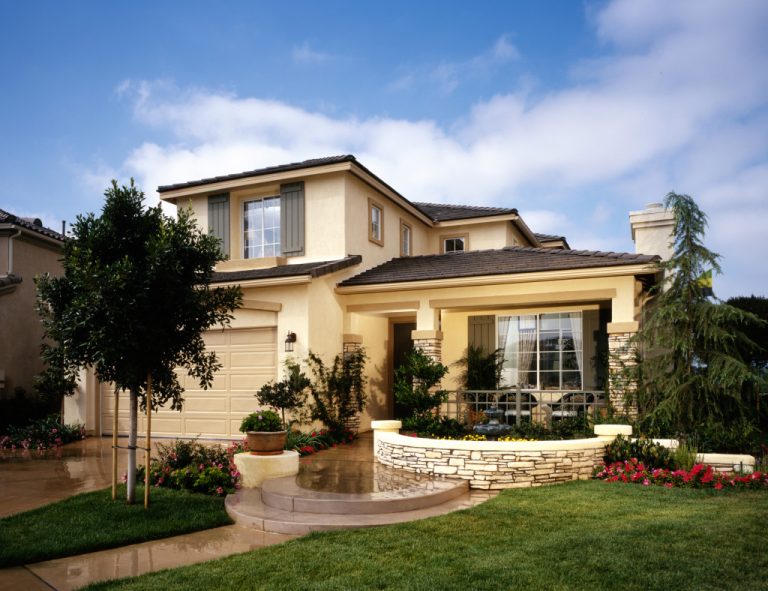Designing a home great for sunlight can be challenging. You need to really think about the natural light that comes into the property. This article will discuss the importance of sunlight and how to design a home that takes advantage of natural light.
Sunlight is essential for our health and well-being, so it’s helpful to design a home that allows as much sunlight as possible. It brings with it many benefits, including:
• Vitamin D production: Sunlight is the best source of vitamin D, which is essential for bone health.
• Improved mood: Sunlight can improve moods and help to fight depression.
• Increased alertness: Sunlight can help to increase alertness and improve focus.
• Reduced stress: Sunlight can help to reduce stress levels.
Orienting Your Home to the Sun
When designing your home, one of the first things you should do is take the sun’s path into account. To do this, you might need to know the latitude of your home. This information can be found on a map or by asking your local planning department. Otherwise, you can simply observe where the sun hits the property.
Doing this will help you determine where to place windows so that they can maximize the amount of sunlight that comes into your home.
Adding More Windows
If your home doesn’t have enough windows, or if the windows have broken glass, you might want to consider fixing that. Of course, this isn’t always possible, depending on the design of your home and your budget. If you’re able to add more or replace your windows, make sure to factor it into your budget well first before placing them in strategic locations. That way, they can maximize the amount of sunlight that comes into your home without breaking the bank.
If you live in the northern hemisphere, it makes sense to put more windows on the south side of your home so that they can catch the sun as it moves across the sky. Likewise, if you live in the southern hemisphere, it makes sense to put more windows on the north side of your home.
Ensure you do a good job choosing suitable materials for your windows. When selecting materials for your windows, you should consider how well they let in light. For example, transparent or untinted glass is a good choice because it doesn’t obstruct the sunlight. Another kind of material is known as spectrally selective film, and it allows sunlight in but reflects infrared light, which helps keep homes cooler in summer.
Also, note that there are different kinds of glass for homes. For example, low-emissivity glass helps keep heat inside during winter and outside during summer. This can be a great option if you live in a climate with large temperature swings.
Incorporating Reflective Materials
Sometimes building or renovating isn’t an option. This can be especially true for those on a budget. If you have to work with what you’ve got, another way to increase the sunlight in your home is by using reflective materials.
For example, lighter-colored paints and materials will help reflect more light into your home. Likewise, using glass or translucent materials will also help increase the sunlight that comes into your home. This can mean adding mirrors where you can and repainting some walls. The goal here is to reflect as much light as possible so that it bounces around your room and creates the illusion of more sunlight.

Including Skylights
Skylights are another great way to bring more sunlight into your home. Not only do they provide a source of natural light, but they also add a touch of architectural interest to your space. When placed strategically, skylights can brighten up even the darkest rooms in your house. This is perfect for north-facing rooms that don’t get a lot of direct sunlight.
If you’re interested in adding skylights to your home, be mindful. When it comes to skylights, there are a few things you need to plan out. First, you need to ensure that the skylight will be installed correctly so it doesn’t leak. Second, you need to think about where the skylight will be placed. The placement of the skylight will affect how much sunlight comes into your home. Third, you need to consider the angle of the skylight. By planning out the angle, you can ensure that the skylight will allow maximum sunlight into your home. Finally, consider your budget for the skylight.
There are many benefits to designing a home that is good for sunlight. By taking into account the sun’s path, using reflective materials, and incorporating skylights, you can design a space filled with natural light. When done correctly, this will make your home healthier.

